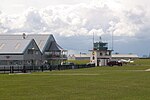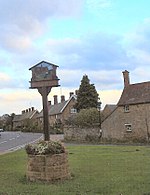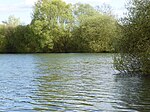A43 road
Infobox road instances in the United KingdomRoads in EnglandRoads in OxfordshireTransport in LincolnshireTransport in Northamptonshire ... and 1 more
Use British English from February 2013

The A43 is a primary route in the English Midlands and northern South East England, that runs from the M40 motorway near Ardley in Oxfordshire to Stamford in Lincolnshire. Through Northamptonshire it bypasses the towns of Northampton, Kettering and Corby which are the three principal destinations on the A43 route. The A43 also links to the M1 motorway. The section of the road between the M40 and M1 is designated a trunk road, managed and maintained by National Highways. The remainder of the route is the responsibility of local authorities.
Excerpt from the Wikipedia article A43 road (License: CC BY-SA 3.0, Authors, Images).A43 road
Kettering Road,
Geographical coordinates (GPS) Address Nearby Places Show on map
Geographical coordinates (GPS)
| Latitude | Longitude |
|---|---|
| N 52.31156 ° | E -0.81404 ° |
Address
Kettering Road
Kettering Road
NN6 9TE , Hannington
England, United Kingdom
Open on Google Maps







